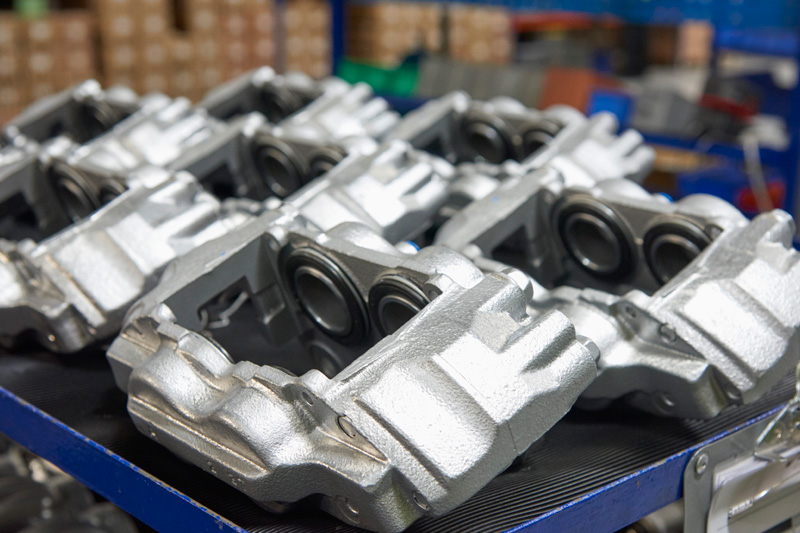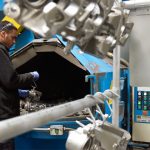According to Shaftec, remanufacturing is the way to go where possible. With the efficient use of existing materials and resources, top quality components which perform to the same standard as new, and reman often being the only way to keep older vehicles on the road, Shaftec says this method is a win-win for all involved. Director, Tom Curtis, gives PMM the low-down.
Remanufacturing is not a poorer substitute for new. It’s a process which results in components that are as good as new, tested as new and that perform in that way for the lifetime of the part. There is no doubt about the future of remanufacturing; it’s here to stay and our aim is to continually invest in all areas of the business to ensure we remain in a market leading position for remanufactured parts.
To set the scene: in the highly consolidated automotive industry, the market is saturated and demand is driven by product replacement. Profit margin on new cars is relatively low, particularly in the low price high volume segments of the market. Indeed we are still feeling the effects of the global downturn of 2008-2009 which forced the VMs to review their structures and processes. Add to this the fact that in 2002 the EU introduced the End of Life Vehicle Directive, requiring manufacturers to up their game with regards to vehicle reusability and recyclability – the potential for responsible, intelligent remanufacturing is huge.

Remanufacturing is an excellent compromise in terms of the environment, reducing emissions, energy use and reusing existing materials. In terms of cost and value for money, it’s a better deal all round. Figures estimate that, on average, remanufactured parts cost in the region of 25 to 45% of the cost of a new one. Remanufactured parts generally carry the same warranties as OEM parts and VMs are becoming increasingly aware of the opportunities provided by remanufacturing to extend service life agreements and provide cost-effective solutions for older vehicles.
Although we firmly believe that remanufacturing is the way forward for our industry in many ways, it can certainly be challenging. Obtaining core in a fit state to remanufacture can be difficult. We are working with safety critical parts which need to be disassembled, reprocessed, rebuilt and tested. Damaged core isn’t suitable, and so we invest heavily in the quality of the return and the source of collection. The importance of core quality varies from product to product. When remanufacturing calipers, as long as the casting isn’t badly corroded or cracked, we can generally remanufacture them as everything else is replaced using new, high quality hardware and perishable parts (and new motors in the case of Electric Parking Brake calipers (EPB).
Making predictions is a big part of the job of a remanufacturer, and forecasting reverse material flow can be problematic. Because inventory is often only replenished when supply of that particular part runs out, there’s an inherent uncertainty in delivery lead times, meaning it’s difficult to use standardised approaches for used materials and parts inventory replenishment.

To compensate for this, and to be as prepared as it is possible to be, on site at Shaftec we hold 50,000 caliper core units awaiting remanufacturing and actively source rare and required core to keep our availability high. Another challenge is that product standardisation within remanufacturing is much, much lower than with traditional production. In remanufacturing, you’re dealing with small batches encompassing a range of product variants and generations, which complicates tool-changing, disassembly, and assembly processes.
Although the Shaftec brand name wasn’t born until 1995, the company actually began life in 1979 as a small remanufacturing unit in the backstreets of Balsall Heath, Birmingham. Fast forward to today and we now remanufacture driveshafts, calipers, steering racks and pumps at our purpose built 50,000 sq ft production facility in the heart of the Midlands.











